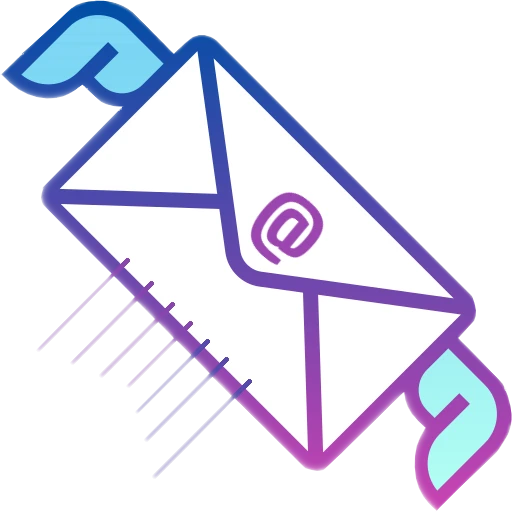
How to Create Drip Campaigns That Nurture Leads and Drive Sales
Drip campaigns have transformed how businesses engage with potential customers, fostering trust and driving conversions. Imagine a prospect receiving timely, personalized emails that guide them seamlessly from interest to purchase. This is the magic of drip campaigns—a strategy that can significantly boost sales when executed effectively.
What Are Drip Campaigns, and Why Do They Matter?
Drip campaigns are automated email sequences sent to subscribers over time based on their actions or predefined timelines. They are vital for nurturing leads, keeping your brand top-of-mind, and driving conversions. In fact, businesses using drip campaigns see up to an 80% increase in engagement and a 20% rise in sales.
What Makes a Drip Campaign Effective?
To create a winning drip campaign, focus on these foundational principles:
-
Timely Delivery: Emails should reach subscribers at the right moments to maintain relevance.
-
Relevance: Ensure the content matches the recipient's stage in the buyer’s journey.
-
Personalization: Tailor emails to each recipient’s preferences, behaviors, and needs.
Modern Tools to Enhance Drip Campaigns:
-
AI-Driven Personalization: Tools like ActiveCampaign and HubSpot leverage AI to tailor content dynamically.
-
Behavioral Tracking: Platforms can track user activity, enabling you to send hyper-relevant messages.
Step-by-Step Guide to Building a Drip Campaign
Step 1: Define Your Goals and Audience
Start by identifying what you want to achieve:
-
Lead nurturing
-
Cart recovery
-
Customer onboarding
Segment your audience based on factors like demographics, behaviors, or past purchases to ensure tailored messaging.
Step 2: Map the Customer Journey
Pinpoint key touchpoints where an email can add value, such as:
-
After attending a webinar
-
During a free trial
-
Post-purchase follow-ups
Step 3: Craft Engaging Email Content
Write emails that capture attention and drive action:
-
Use storytelling to make emails relatable.
-
Leverage social proof like testimonials or user reviews.
-
Add dynamic visuals to make content visually appealing.
Step 4: Automate with the Right Tools
Choose platforms that align with your needs:
-
HubSpot: Comprehensive CRM and email automation.
-
ActiveCampaign: AI-driven personalization and advanced segmentation.
-
Mailchimp: User-friendly and great for small businesses.
Futuristic Drip Campaign Strategies
-
Hyper-Personalization Through AI: AI can analyze real-time user behavior to craft emails that feel tailor-made.
-
Interactive Emails: Incorporate elements like polls, quizzes, or dynamic content that adapts based on user engagement.
-
Predictive Analytics: Use data-driven insights to determine optimal timing and frequency for sending emails.
Examples of Successful Drip Campaigns
1. E-Commerce Cart Abandonment Campaign:
An online store used a 3-part email sequence to recover 50% of abandoned carts:
-
Email 1: Reminder of the items left behind.
-
Email 2: Offer a limited-time discount.
-
Email 3: Create urgency with “Only a Few Hours Left!”
2. SaaS Onboarding Series:
A SaaS company increased user activation by 30% with a drip campaign:
-
Email 1: Welcome message with account setup tips.
-
Email 2: Highlight key features.
-
Email 3: Invite users to a webinar for advanced tips.
Common Mistakes to Avoid
-
Sending too many emails, overwhelming your audience.
-
Ignoring analytics, which leads to missed optimization opportunities.
-
Failing to adjust campaigns based on performance data.
How to Measure and Optimize Your Drip Campaign
Key Metrics to Track:
-
Open Rates: Measure subject line effectiveness.
-
Click-Through Rates: Gauge email content engagement.
-
Conversion Rates: Evaluate the success of your call-to-action.
Optimization Tips:
-
Conduct A/B testing for subject lines, layouts, and CTAs.
-
Regularly audit your campaigns to ensure they’re aligned with current goals and audience needs.
Conclusion
A successful drip campaign can nurture leads, build relationships, and drive sales. Remember to:
-
Define clear goals and segment your audience.
-
Map out the customer journey for timely touchpoints.
-
Craft compelling, relevant content.
-
Leverage modern tools and strategies like AI and predictive analytics.
Join Our Newsletter!
Get the latest email marketing insights & tools straight to your inbox with SalesData.in!
